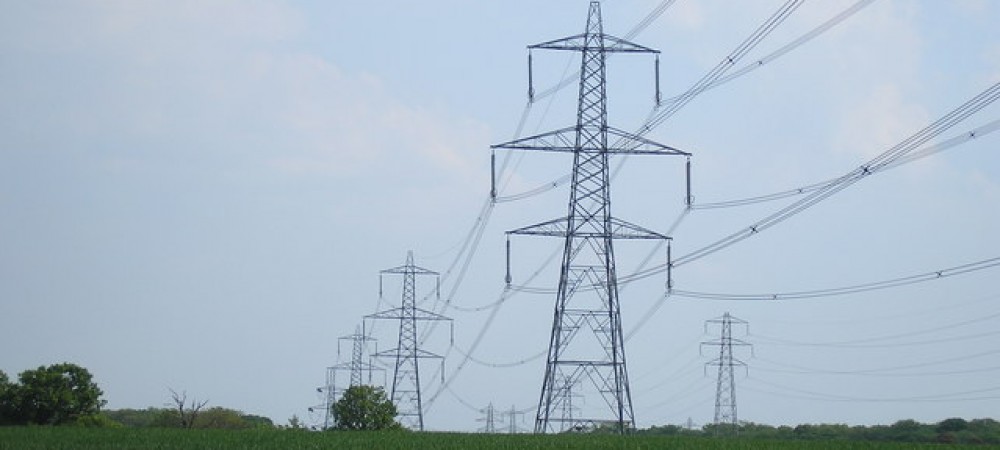In April of 2013, there was a midnight attack on California’s Metcalf Substation, an electrical power distribution center serving San Jose. This event was recently reported in an article in the Wall Street Journal after 10 months under wraps for fear of inspiring copycat crimes. The attack involved perhaps three gunmen who targeted and disabled 17 transformers. Though the power company was able to bypass the substation, the transformers were down for a month.
If more than one substation had been attacked, the outcome would have been much more serious. For example, imagine that the 21(?) perpetrators of 9/11 had carried out a coordinated attack. They could have disabled 7 substations and caused grid failure over a large area. I imagine this would lead to considerable hardship and economic damage, though not the kind of die-off that would result from a nuclear-generated EMP.
Notice that the protection needed to forestall a physical attack on the grid is different from that intended to harden against an EMP attack. So it is not clear that the Metcalf attack will prompt power companies to harden against EMP. A successful attack that caused hardship might, however, prompt government to ask the broader question of how to make our power systems less vulnerable. It is frustrating that it might take a major disaster to motivate our nation to prepare for a catastrophic disaster.
Even if we were to start hardening our critical infrastructures tomorrow, it may already be too late for us to prepare to deflect an attack which could come at any time.
